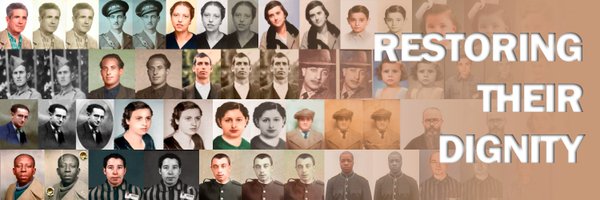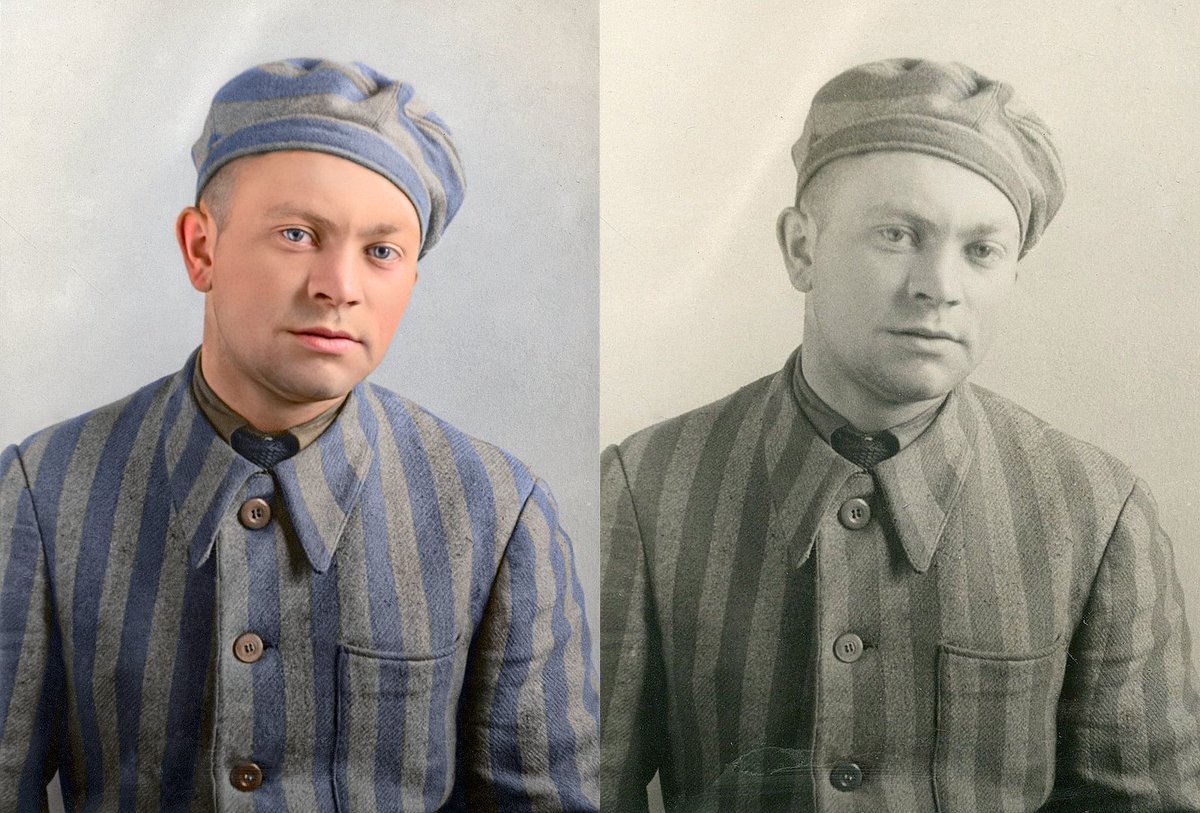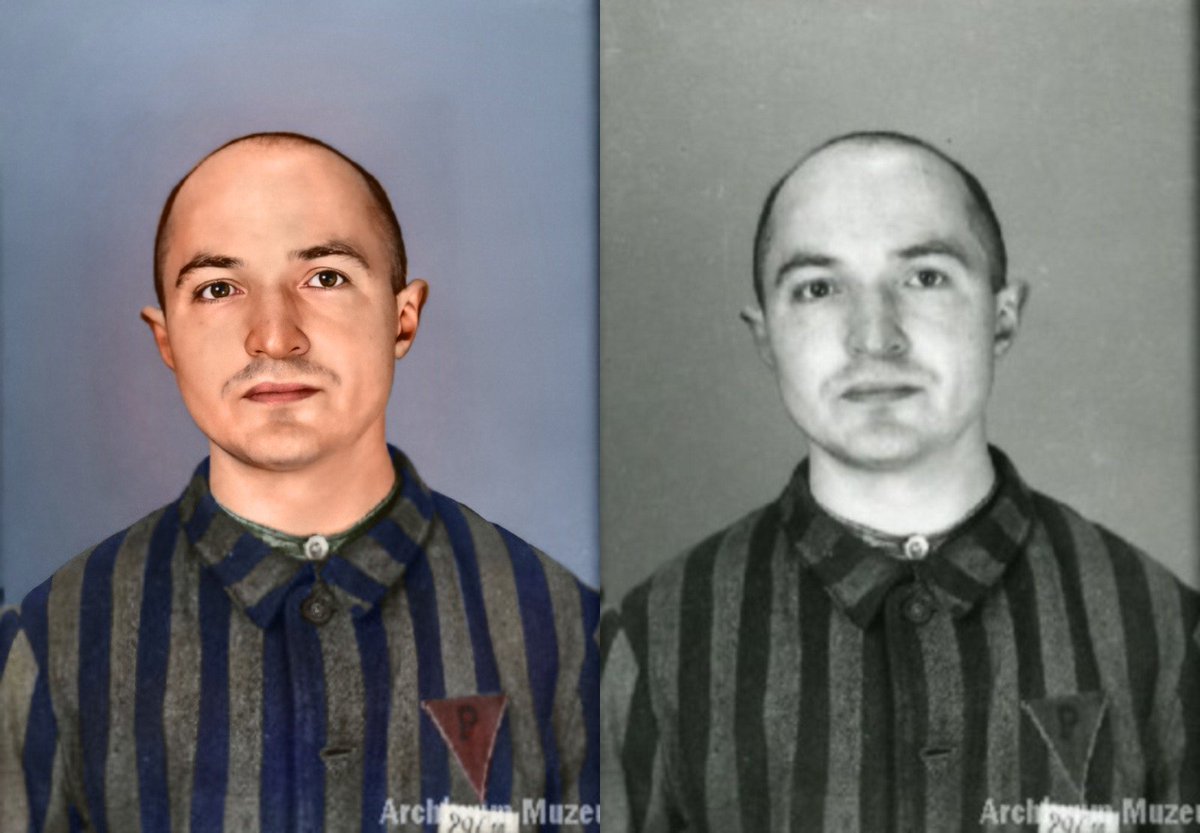
Restoring their Dignity
@RestoringDign
Followers
41K
Following
805
Statuses
222
We restore and colorize old photographs of fascism victims. You can support us by giving RT. Spanish profile: @RestaurandoDign
Joined July 2024
RT @RestoringDign: This is one of the hardest photos we’ve restored and colored, and perhaps one of the most necessary. These two men are…
0
25K
0
✡️Tatiana Bucci Born in Fiume, Italy, in 1937. Deported to Auschwitz in 1944 with her sister, mistaken for twins by Dr. Mengele and spared the gas chamber. She survived. We've colored her photo, in which she was with her sister.
#ISurvivedAuschwitz When Holocaust survivor Tatiana Bucci (Pertoldi) closes her eyes she is taken back to Auschwitz’s children’s barrack. Dr. Mengele mistook her and her sister for twins, and they were spared the gas chamber and survived the Holocaust. Their cousin, Sergio De Simone, did not. He was one of 20 Jewish children, aged five to 12, separated from their families at Auschwitz that were deported to the Neuengamme concentration camp where they were subjected to medical experiments carried out by Nazi SS physician Kurt Heissmeyer. With the Allies nearing Hamburg, the children, who were witnesses to the Nazi’s crimes, were murdered in the basement of a former school. Tatiana would like you to #RememberThis. #Auschwitz
7
130
748
@QuestionsFromNL In those years, operations for transitioning couldn't be a thing. They were the same as now, men or women who identified as the opposite. For the nazis they were just other type of gay, that's why the marked them the same way.
0
0
0
@MajdanekMuseum I didn't tell about the additional markings, but sure it was. Thanks for the appreciation.
0
0
1












